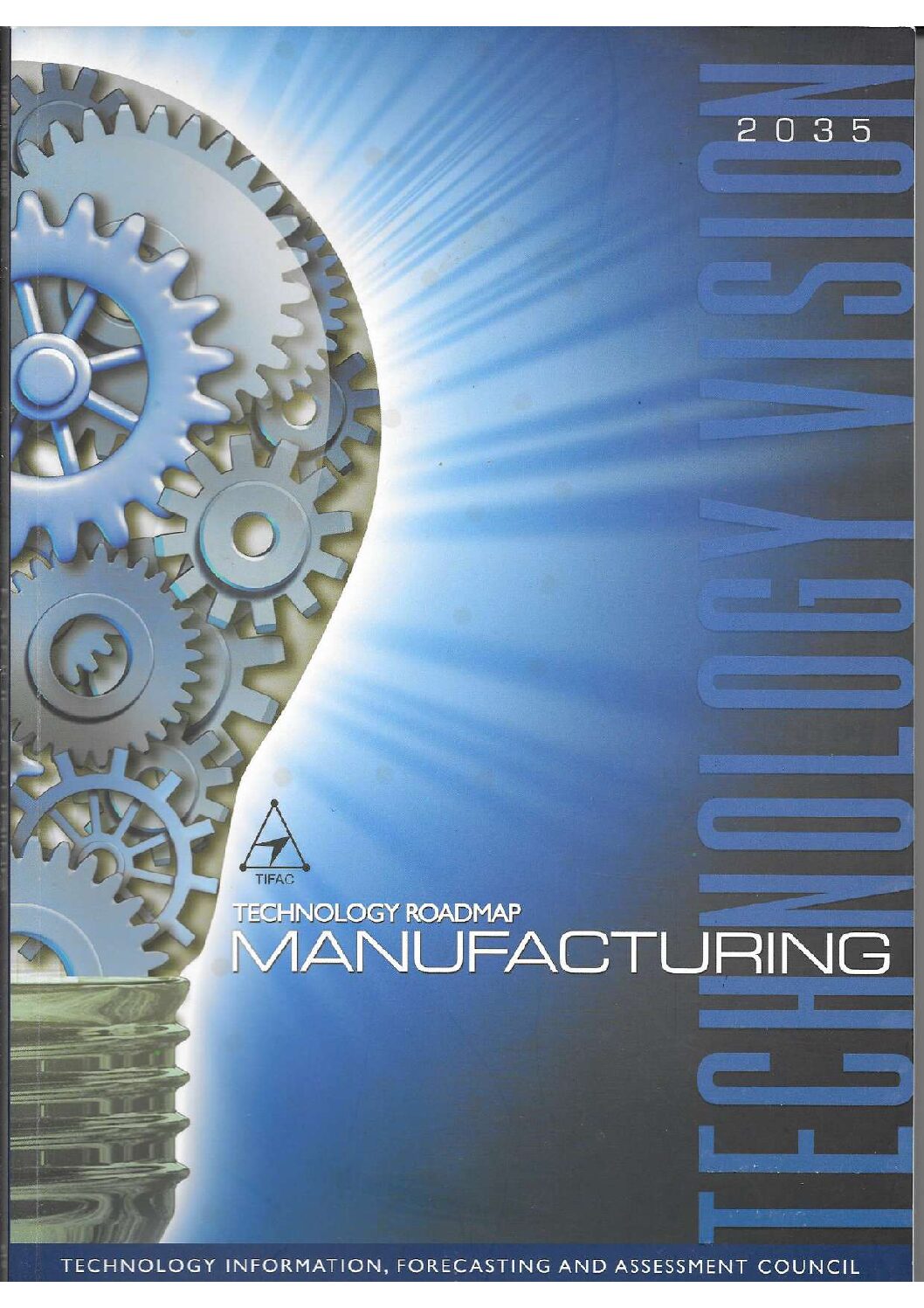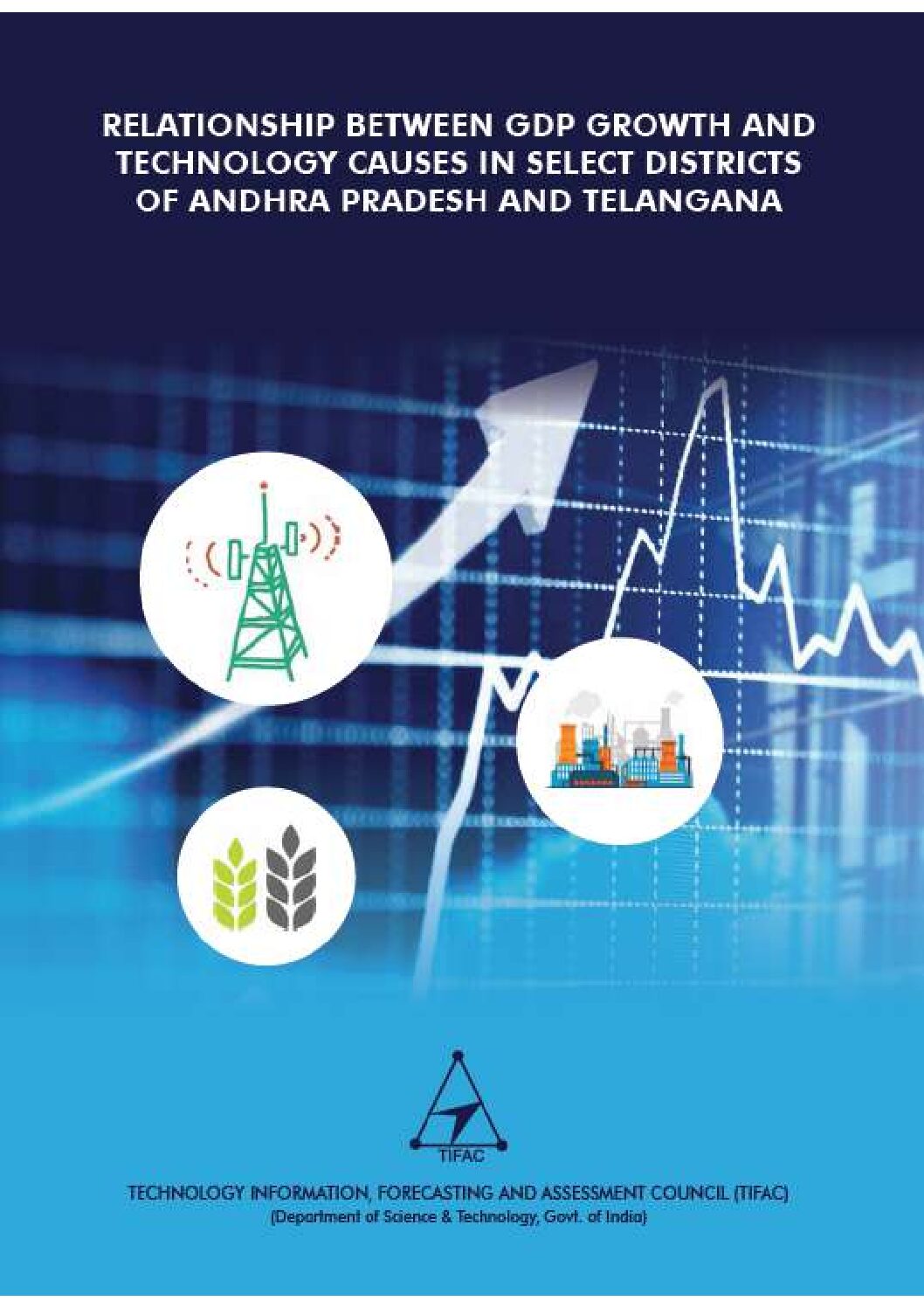Description
Executive Summary
This document is located in the intersection of technology, education and society. It offers a roadmap to the deployment of technology to meet socially desirable educational objectives. It examines all aspects of education and seeks to draw the contours of an education system that would befit India and benefit Indians in 2035. It treats India’s immense size and splendid diversity as the firm foundations upon which a people-centric technological and educational future can be envisaged. It seeks to bridge several gaps: between tradition (classical and indigenous knowledge systems) and innovation (cutting edge futuristic research), between the world of learning and the world of work, between knowledge (know what) and skills (know how), between ‘mainstream’ and vocational education, between education as instrument and education as value, between knowledge production (research) and transmission (teaching), between teaching and learning, between the disciplines and between different levels of education. Thus, the document is not only about educational technologies but about education per se. The document is built around five axiom- atic propositions:
- In human and social terms, our country is the sum total of all its generations, those past, those living, and those yet to come; hence, empowering Indians empowers India.
- By enhancing individual possibilities, education leads to social transformation and national advancement.
- Technology is socially constructed and in turn shapes and transforms society.
- Public policy choices will determine whether educational technologies function as barriers or levellers.
- In an era of rapid technological change, we must either work hard to keep pace or risk rapidly falling behind. The Education Technology Roadmap is the product a very long gestation. It was conceived from the beginning as a multi-dimensional, multi-stakeholder, iterative and consultative effort. Below are some of the key activities in the creative process
- The exercise began with a Brainstorming Meet on Educational Technologies in December 2011
- An Advisory Committee, consisting of eminent experts from across the country and from a wide range of knowledge specialisations, held seven long meetings in New Delhi between April 2012 and March 2013, during which the contours of the Education Technology Roadmap were laid out.
- In parallel, a two round Delphi foresight exercise on technologies impacting the future of education was conducted during November 2012-February 2013
- Between October 2012 and July 2013, six thematic workshops were held in Madurai and New Delhi with contributions from a di- verse group of resource persons
- The Advisory Committee devised three sets of questionnaires, consisting of 90 statements covering every aspect of education, that respondents were requested to assess in terms of likelihood, feasibility and desirability. The questionnaires were uploaded on the TIFAC website and also sent out to several significant stakeholders including Principals of Kendriya Vidyalayas, Jawahar Navodaya Vidyalayas and DPS; Vice-Chancellors and Registrars of randomly chosen Universities covering every region of the country; and Education Department officials of several States.
- After the main Technology Vision 2035 document was released by the Hon’ble Prime Minister in January 2016, the Advisory Committee held its eighth and ninth meetings in February and April 2016 respectively to review all the material at hand and decide on the optimum mechanism for writing the Education Technology Roadmap.
- The Advisory Committee set up a Drafting Team from amongst its members to jointly author Education Technology Roadmap. Between May 2016 and August 2017, thirteen Authors’ Workshops were held over a total of 34 days in New Delhi, Manesar, Kovalam and Goa to write, review and revise the document. What has emerged from our labours is certainly not the last word on the subject. Education is far too important, technology is far too dynamic, and society is far too complex, for their mutual interaction to be encapsulated in a single static document. The authors of Education Technology Roadmap and the members of the Advisory Committee thank TIFAC for the priceless opportunity to rethink the fundamentals and hope the document will spark necessary conversations and catalyse essential transformations.






Reviews
There are no reviews yet.